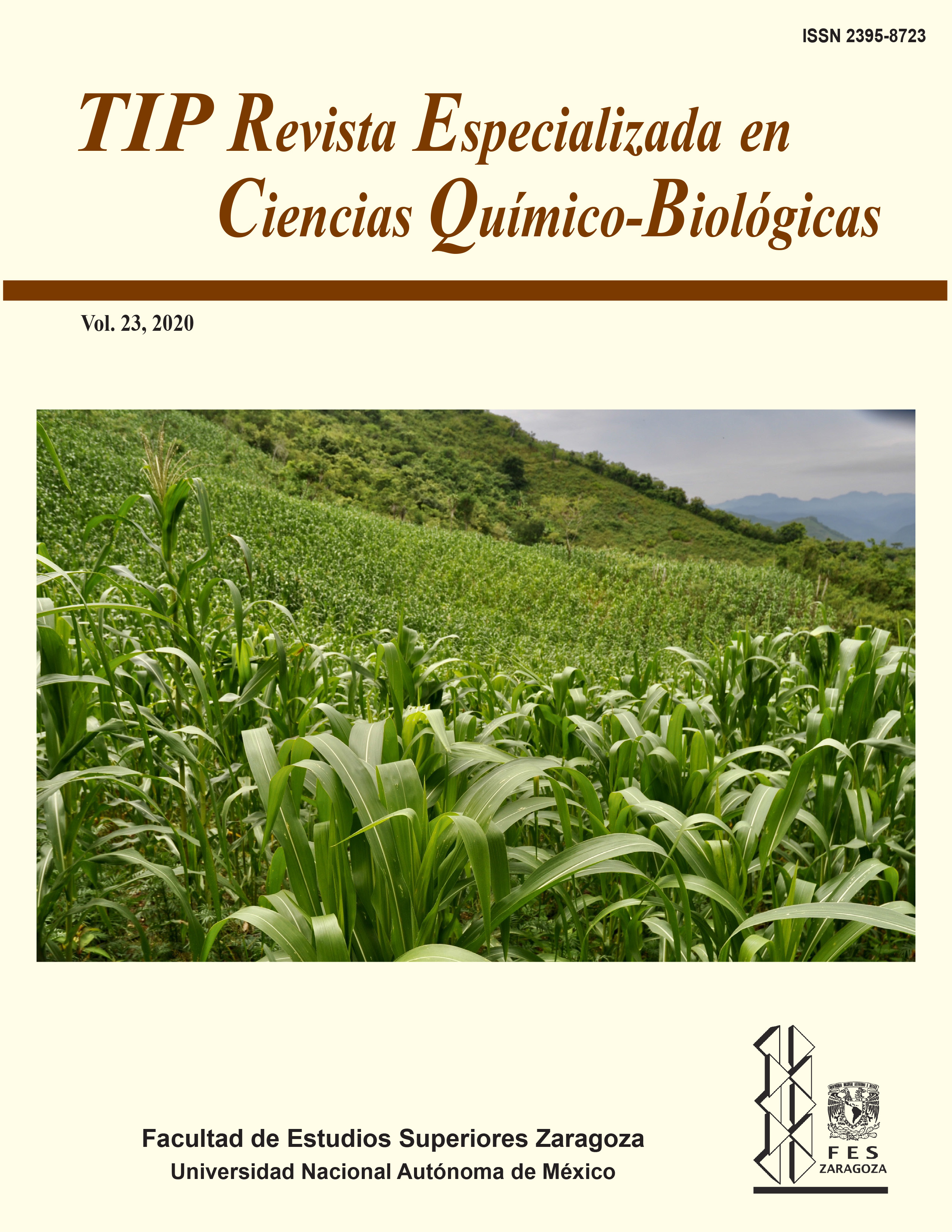Abstract
In the present study, the microbial diversity was analyzed in agricultural soils from Río Bravo city and Cuauhtémoc Station, Tamp., and the surroundings of the city of Dolores Hidalgo, Guanajuato. Microorganisms isolation and tolerance tests were conducted preselectively using 2,4-D and malathion. Microbial identification was conducted by 16S gen amplification in bacteria and ITS region in fungi. The bacterial genus Pseudomonas, and the fungal genus Penicillium were the most abundant in the analyzed samples. Pseudomonas aeruginosa, Stenotrophomonas pavanii and Acinetobacter lactucae grew at a concentration> 2.0 g L-1 of 2,4-D and > 1.0 g L-1 of malathion. Fusarium sp. grew at 2.0 g L-1 of malathion and 0.9 g L-1 of 2,4-D herbicide, and Talaromyces variabilis tolerated up to 3.1 g L-1 of malathion. There are no reports of tolerance for S. pavanii, A. Lactucae, and T. variabilis to these pesticides so far. Therefore, the semicroorganisms may have the potential to be used in soil bioremediation techniques.TIP Magazine Specialized in Chemical-Biological Sciences, distributed under Creative Commons License: Attribution + Noncommercial + NoDerivatives 4.0 International.



